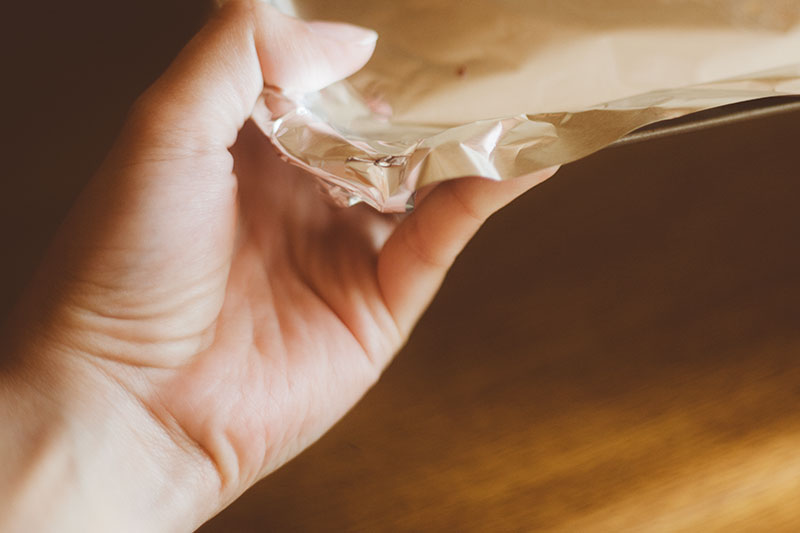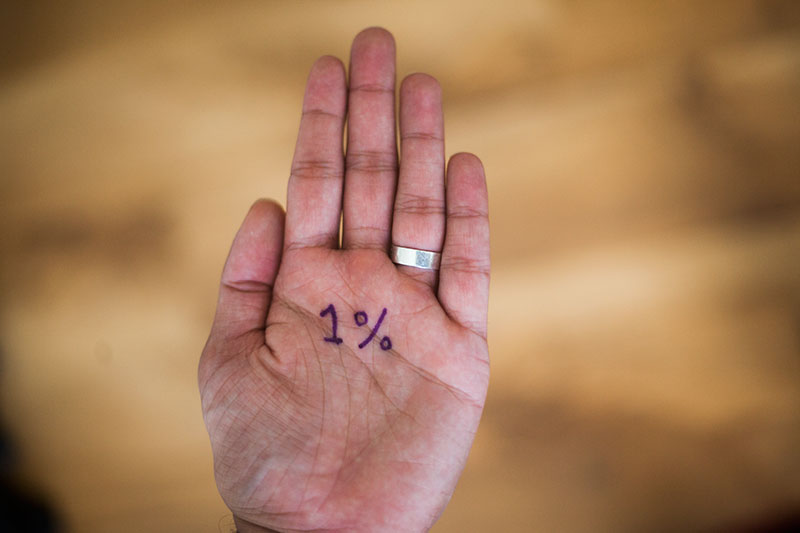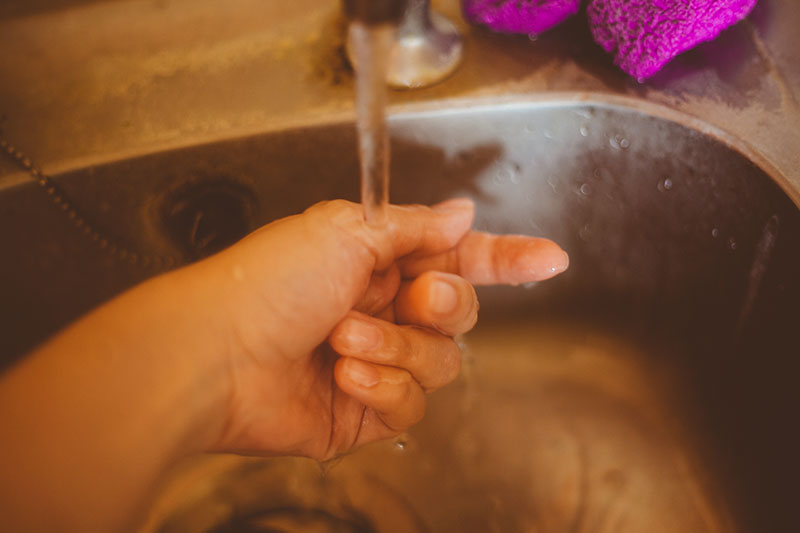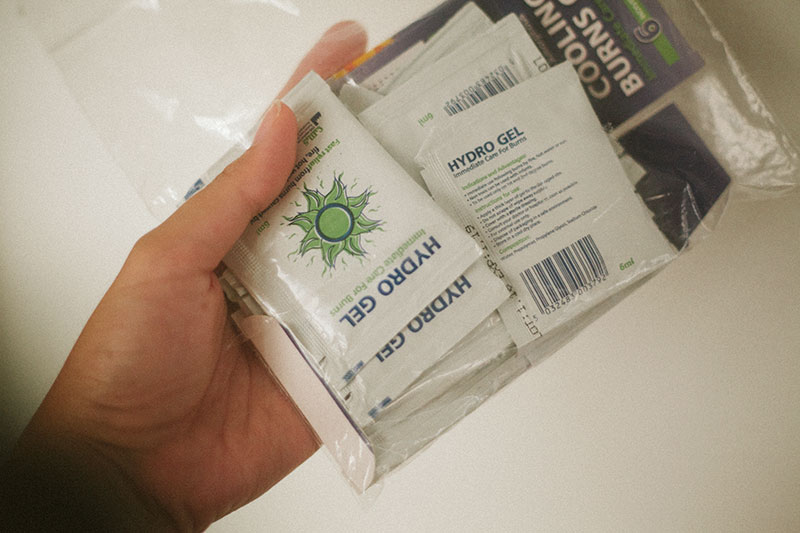Do I have third degree burns? Growing up as a curious child, I found myself a victim to the nasty side of heat on a few occasions, something I am sure most reading this will be able to relate to. Whenever dealing with these heat-related accidents, the term “third degree burn” always stuck in my mind.
It seems to me that the term “third degree burn” has become an all-encompassing catch term for any burn that look a smidgen painful. After being hurt, often one thinks to themselves, and hell even Googles, something along the lines of: “What do third degree burns look like?” or “How can I tell if I have third degree burns?” First off, while you may think what you have are third degree burns, in reality, you are likely to have only minor, first degree burns. This article will help you spot the difference.
When discussing the severity of burns, what we are really discussing (with only a few exceptions) is the depth of a burn. That’s all the various degrees refer to – how far into your skin the burn went. The depth will impact how your burn will heal, what you should do to remedy it, and if you need to go to seek professional help.
And on that note, disclaimer time!
As usual, when in doubt – always seek professional assistance from a licensed professional. When it comes to burns, it’s easy to pretend that you don’t need anything except some cream + painkillers, but the reality is that serious burn victims more often than not end up with lifelong trauma and physical issues as a consequence of their injuries. Do not take risks with your body – you only have the one.

Some Groundwork on the Three Degrees of Outch
It is super important when dealing with burns to address the issue immediately. I know burns can be easy to ignore due to the lack of blood/open wound, but you can seriously limit the full impact of a burn by reacting quickly and cooling the area pronto.
Your goal is to reduce the temperature of the burned/scalded area as soon as possible, as this will greatly limit the depth (and severity) of the damage to the skin and tissue. In short; act fast folks!
Size Matters: Surface Area & the 1% Rule
Before anything else, access the surface area of the burn. With second or third degree burns, if the surface area of the burn exceeds 1% of the total surface area of your skin, go to the E.R. – do not hesitate. When you are afflicted with severe burns, you need to gauge how much fluid loss occurred as a result of the capillaries leaking fluid when the tissue got damaged. In short, the bigger the burn, the more dangerous (pretty obvious right?). Risk of shock is significant on burns, so please do not ignore them.
Use the victim’s own hand to access the size of the burn. First-aiders commonly use the inner surface of the hand as a rough guide for 1%, which is where you should seek professional assistance.

How to Tell the Difference Between First, Second, & Third Degree Burns
First Degree Burns: Minor & Superficial Burns
This is the most common variant of heat based injuries.
A first degree burn is essentially a surface burn. The epidermis (outer layer of skin) will be red and painful.
This is the sort of burn you get when handling stuff that’s hot, but not hot enough to leave those ugly, painful blisters.
An example would be picking up a very hot cup of coffee – your skin may become inflamed with a visible red patch, you will feel a sharp pain that will then ebb and flow, but ultimately, you will be fine as the underlying layer of the epidermis which contains the nerve endings will remain unaffected.
What to do about first degree burns: Risk of infection and scarring is unlikely so focus on cooling down the area. How can you do this? Place your hand under a tap with cold, running water. It’s one of the easiest and most effective home remedies you can use. Wrap a wet towel around the exposed skin for further release & mitigation. Burn gels like Hydrogel are also great to slap on once you’ve cooled down the skin as much as possible.
Likely recovery time: 10 days.
Second Degree Burns: Partial-Thickness Burns
When the burn is severe enough to destroy the epidermis (first layer of skin) and the burn starts to develop nasty blisters, you have a second degree burn on your hands.
These kind of burns are significantly more painful than first degree burns; however, the nerves and sweat glands are still unaffected so long term damage is limited to scarring.
The visible tissue fluid build up under the skin is the most evident visual indicator that the burn is indeed a second-degree burn.
What to do about second degree burns: More or less the same as a first-degree burn. Cool down the affected area as quickly as you can and mitigate the bulk of the damage. I personally use gel type ointments designed specifically for burns, once again like Hydrogel, and in my experience, they work great.
I got a pretty nasty burn a few years ago and after cooling it, I slathered just some regular Aloe Vera gel on the wound and wrapped it in cling film. Worked out pretty well, but if you fear that the burn was deep/severe enough to do nerve damage then get yourself checked out by a pro. At the point where you have third degree burns, they would have to remove dead tissue and the treatment options would differ from what you can do at home with what you have on hand.
Likely recovery time: 20-60 days.

Third Degree Burns: Full-Thickness Burns
What they are: Painful. Humour aside, third degree burns are extreme and you are unlikely to encounter them. For a burn to be considered a third-degree burn, the burn has to impact both layers of the epidermis and likely involves damage to the nerves, fat, muscles, sweat glands and blood vessels.
These injuries, as I’ve already said, are thankfully rare, but in those affected, recovery is unfortunately never guaranteed. The nerves and sweat glands that lie within the dermis are likely to never recover if they are burned badly enough.
Visibly, the skin itself will be black, brown or white. It will feel less painful than a second-degree burn (ironic, I know), and the appearance of the skin will be leather/waxy in nature. Do not touch the wound! You can make it worse by doing so.
What to do about third degree burns: Right off the bat, the skin will never heal without a skin graft. I cannot emphasize how much you need to seek professional help if you suspect your burns are serious enough to be in this category. The treatment will likely involve surgery and just because you do not have an open wound, it doesn’t mean your burn is not serious.
As with all the other options – cool the affected area down, wrap it in a wet towel/pillowcase, etc., but this time – get yourself to the E.R. without hesitation. Be aware that surface area is important when it comes to burns, especially third-degree ones. Again, quite obviously, the more surface area is burned, the worse the burn is.
Likely recovery time: Incredibly variable depending on medical access and on the extent of the injuries. Can take years to recover in extreme cases.
Burns, much like cuts are an interesting physical phenomenon. They affect us externally going inwards as opposed to injuries that are internal. The pain is brutal and much like cuts, the pain is intense on more superficial wounds and non-existent on the more severe injuries.
The frustrating thing about burns is that the recovery/treatment is limited to contain and heal. You are almost guaranteed to get burned at least once in your life and your parents running your hand under cold water whilst telling you that it should serve as a lesson is anti-climactic in this age where we seemingly have a pill for every ailment.

In case I get burned while at home or out and about, I personally keep packs/gel sachets of “Hydro Gel”, which is nothing more than water, prepolymer, propylene glycol, and sodium chloride. I prefer it to the wet towel option because it’s thick and gelatinous, which allows you to slather it on thickly and then wrap the burn using clingfilm. This gives immediate relief and allows me to continue on my day with mild discomfort as the only real consequence.
More First Aid Resources
When it comes to first aid, you need two important things to help you on your quest to keep yourself and those around you safe & healthy: knowledge and (to a lesser extent) supplies. To tackle the prior, take a look through our list of the top 22 emergency & survival first aid books and grab those that you think will best help you gain the knowledge you’ll need. For the latter, take a look at our Ultimate First Aid Supplies List to see if there’s anything you should be adding to your at-home first aid supplies stockpile, or if there’s something you’ve forgotten to add to one of your first aid kits.
Do you know what the maximum recommended doses of common painkillers are, whether to use Advil, Tylenol, or Aspirin, and how to quickly assess and address emergency situations? Did you know you can superglue cuts and that Imodium is an excellent tool for survival?
If you have some time, you can also quickly browse through all the first aid articles we have on this blog here, in case there is anything valuable you’ve yet to learn on the topics we’ve written about.
Your Experience With Burns?
Now it’s your turn.
Have you ever had a first or second degree burn you thought was worse than it was? Have you ever had or witnessed someone who had a third degree burn? How did that situation play out?
What kinds of remedies do you use for first degree burns? Any advice or tips? Leave your thoughts in the comments down below.
Awe some post Thank you for sharing
Thanks for the support Kristopher!
As I sit here writing my reply, I am nursing the result of getting too close to a charcoal grille over the recent holidays resulting in 1st degree burns on my right arm and wrist. Stupid move as I have been grilling over charcoal for the past 50 or so years and should have known better by now. But distractions and the “party atmosphere” took my focus away from the job at hand and that’s usually when Murphy and his scary laws will step in and bite you.
My comment toward your column today focuses on your very concise and clear meaning of the terms “1st, 2nd, and 3rd degree” burns. The old people knew the differences, my mother instilled in us kids the real differences but it seems that many people today believe the opposite is true and that 1st degree is the worst burn and 3rd degree is the least, such as a severe sunburn. I have turned and walked away from such folks rather than confront them in a needless argument about the basics of burns when anyone can google “severity of burns” and come up with the same explanation that you gave here.
Thanks for the clear explanation of what once was common sense knowledge in most homes. I grew up burning myself with electricity, fire, and hot water, and I personally still say that the very worst type of common home burn is a scalding hot water bath on any portion of the human body. I had no experience with scars from a severe scalding but my younger brother carried scald scars to his grave. I remember him as a toddler screaming at night for, it seemed like weeks, until one of our parents would get up and comfort him. I don’t know to this day whether it was the incident that provoked the nightmares and outcries or if it was the latent pain as the scald finally healed but he had his first “tattoo” but it was the worst burn in our home and growing up years that any of us suffered.
Eek, completely agree with the “common” understanding of 1st, 2nd and 3rd degree burns. Its what prompted me to make this article. Glad to hear the lack of understanding over this terms wasn’t just my imagination!
My older daughter fell on a hot floor furnace grill with the bare skin of her stomach and the underside of her lower arms when she was first learning to walk. I grabbed her as fast as possible and put her in the kitchen sink (just 10 feet from where she fell) and immediately (within a couple of seconds) poured a pitcher of cold tea from the refrigerator on her burns. She was left with a checker-board pattern on her stomach (and some lines on her arms) all her life, although it eventually got faint enough you couldn’t see it unless you knew what to look for. The grill was hot enough to instantly melt the plastic of her diaper, but the diaper’s padding saved her skin where it covered her.
She’s lucky she had a quick-moving dad like you! Can’t even imagine how bad that could’ve been otherwise
Quick thinking probably saved her a lot of pain. If only all dads reacted so rapidly to a crisis. Thanks for sharing Kent.
Nice writeup! Just one thing I’d add to the discussion – for severe burns, do not keep the burn covered with anything cool or wet. Skin is a major part of thermoregulation. So if a significant portion of skin is damaged, the burn victim is at high risk of hypothermia and shock. Cool superficial burns, but for severe burns, focus on keeping the patient warm and rapid transport to an emergency department. Also, if it’s severe enough to go to the ED, don’t put any creams on it. It’ll really suck for the patient when we scrub the cream back out of the burn!
Aw man, Andrew, that ran a cold chill down my spine just THINKING about it!
Good advice Andrew. I always have to be so careful when I write first aid stuff (I have to follow very conservative advice lest I run into liability issues) hence the never ending warnings, disclaimers and recommendations to go to the E.R. Thankfully, we have readers like you who can fill in the gaps.